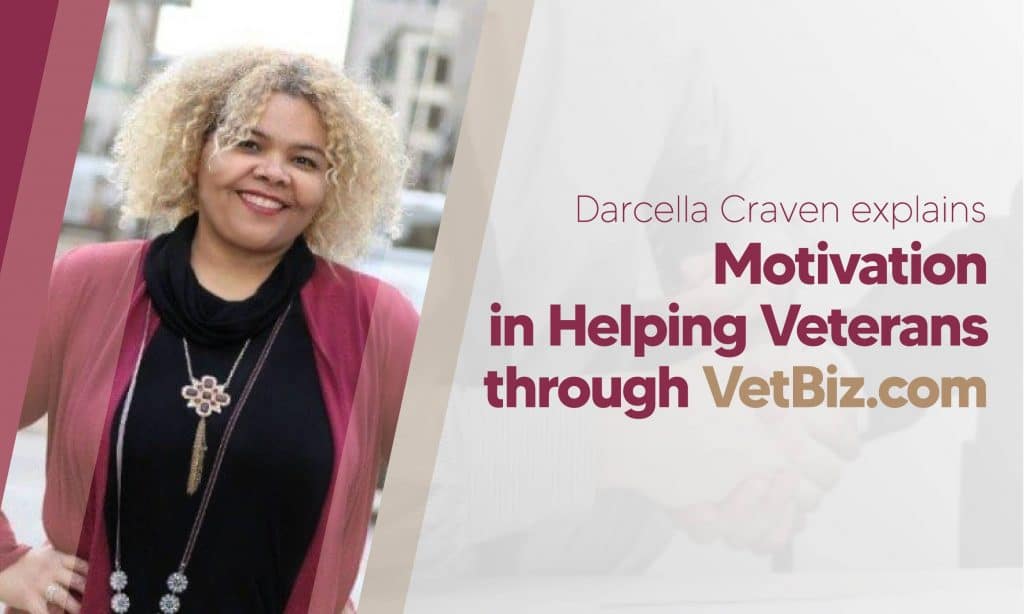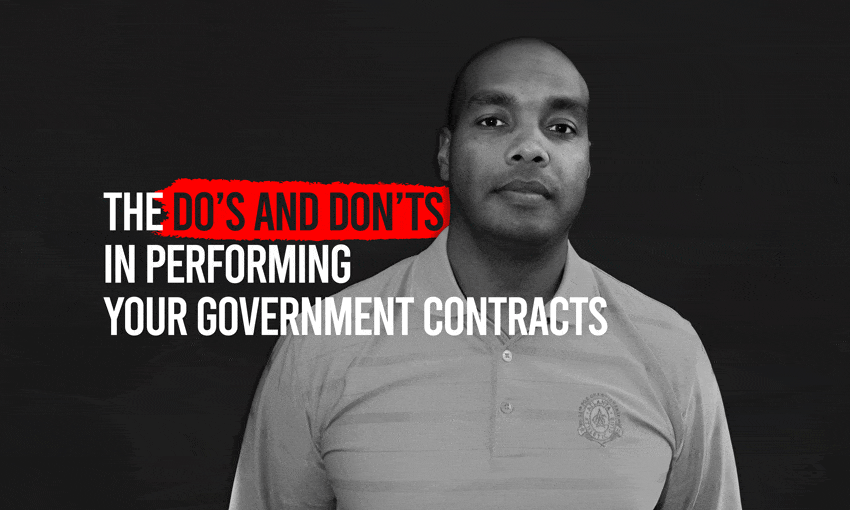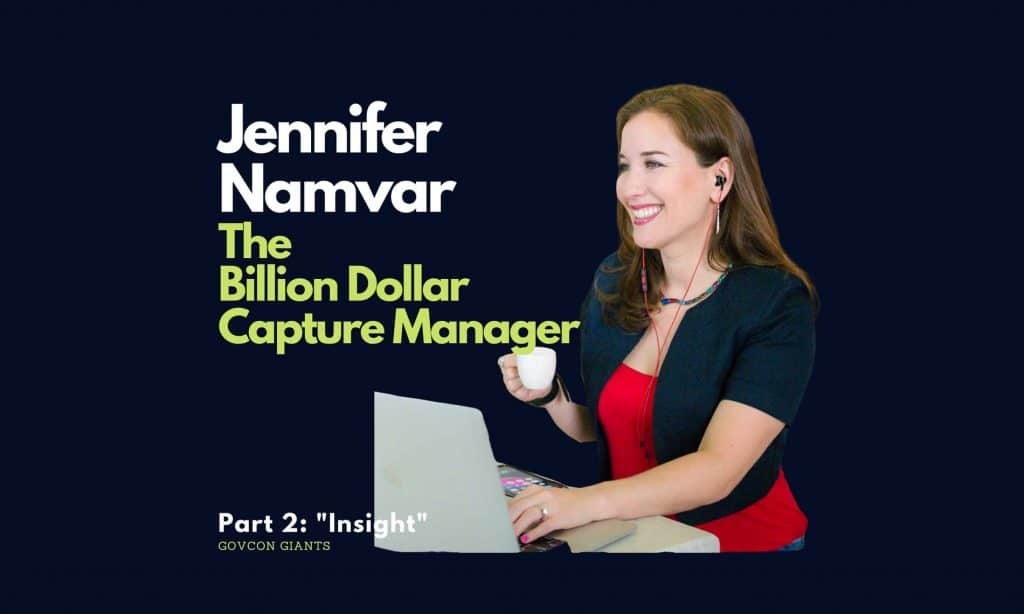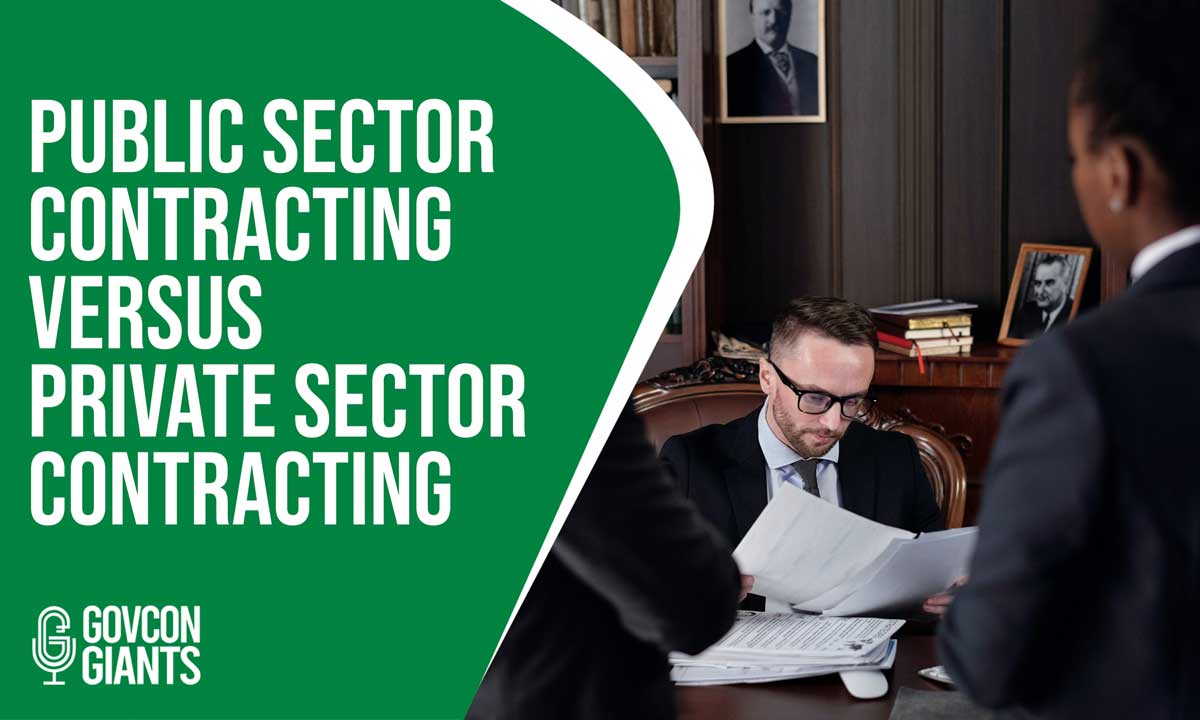As the President of the Veteran Resource Business Center, Darcella Craven shared how VRBC is helping veterans gain success in the federal marketplace.
BACKGROUND
Before becoming part of the Veteran Resource Business Center (VRBC), Darcella Craven was an army veteran who later worked in different private entities for various administrative roles while also working as a faculty at Sanford Brown College.
She also started her business but it failed that made her pay the Internal Revenue Service a significant amount of money. She didn’t want that to happen to other veterans. So, when an opportunity in helping veterans came, she accepted it.
“So that’s my reason for the push here is that it’s amazing to watch people make a decision that changes the course of their life. And so for me, that’s the thing. Whether that decision is, yes, here’s a business and this is what’s going to happen, or no, not right this time… I just appreciate that light bulb moment that you see with folks.”
Currently, Craven is the President of the Veteran Resource Business Center (VRBC). She also volunteers on various nonprofit events that aims to promote entrepreneurship, provide job opportunities, and celebrate small business successes.
ABOUT THE VETERAN RESOURCE BUSINESS CENTER
1. GOAL
The reason why the Veteran Resource Business Center was created is to assist veterans with startup and expansion opportunities for their small businesses in the areas of Missouri, Nebraska, Kansas and Iowa region.
The organization helps analyze problems and develops solutions to grow successful veteran-owned businesses as well as provide opportunities for immediate family members of military servants.
They are also part of a larger nationwide network of Veteran Business Outreach Centers (VBOC).
2. SERVICES
VRBC, on their own, has seven military posts and during the transition process of military members, they visit these areas. They have a week-long conversation with these people on what they will do afterwards.
“If they decide that entrepreneurship might be a thing they want to do, they can sign up for an additional two days, and that’s when we come in. We can give them this two-day entrepreneurship class, which is called Boots to Business. It’s about a 10,000 foot view of what entrepreneurship is.”
Other than going to these posts, VRBC also provides opportunities to their surrounding community and to the family members and spouses of military servants.
“So we might bring in an attorney or an accountant or a marketing expert to kind of help deliver those trainings so they can also know what resources are around them as well as what’s available to them nationally.”
THE PROCESS THAT VBRC FOLLOWS
When a veteran is interested in establishing a business, these people should have all the certifications and papers in place first for the assessment.
Then, they make sure that these people have their own business plan and understand what they have written into it.
“A part of our process there is to kind of make sure that they are shored up with their plan and they know what kinds of questions they have and then we get them prepared to talk to people that they may hire. Because it really is specific. I mean you need to know what you’re doing.”
So, a part of this process is to really teach these veterans on what their goal and their market are as well as help them develop a plan on how to reach their goal.
RESOURCES
If you want to watch the full video of the interview with Darcella Craven as she shared how the Veteran Resource Business Center aims in helping veterans gain success in the federal marketplace, then be sure to click the links below:
009: Darcella Craven – Veteran Resource Business Center President and Chief Fear Conquer
https://www.youtube.com/watch?v=YXZkdVKv_rw
009: Darcella Craven – Chief Fear Conqueror and President of the Veteran Resource Business Center









